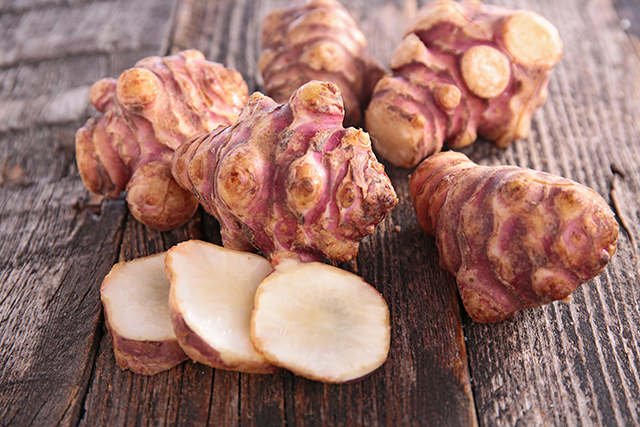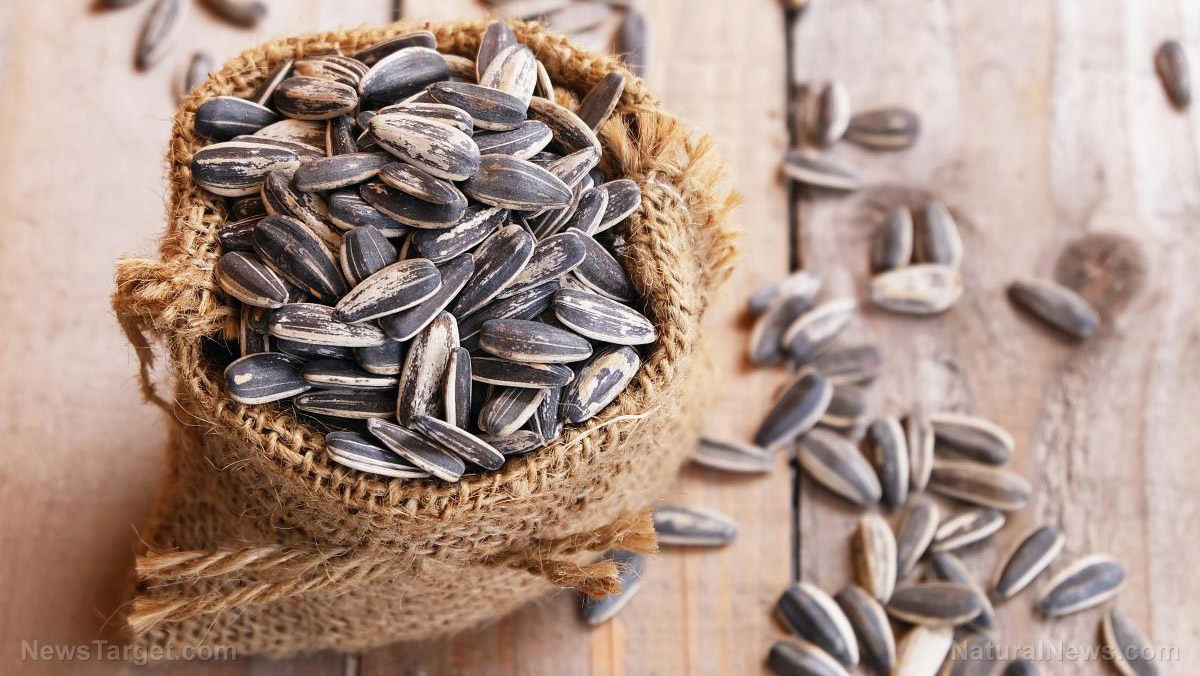Ayurveda’s Mahamrutyunjaya Rasa has traditionally been used to treat heart conditions
06/06/2018 / By Ralph Flores

One of the challenges that older medical systems have is being recognized in a world filled with Western medical procedures and medication. A classic example is Ayurveda (or Ayurvedic medicine): It has been used for over 3,000 years in India, but its potential benefits have been largely ignored in conventional medicine. However, an article in the Journal of Ayurveda and Integrative Medicine described that while the methods in Ayurveda may be ancient, it still is sound, based on modern scientific concepts. In the article, the researchers looked at Mahamrutyunjaya rasa (MHR), an ayurvedic formulation used to treat cardiovascular disorders, to determine the physical and chemical characteristics of its raw materials and analyze its manufacturing process.
Mahamrutyunjaya rasa is an herbal medicine used to boost the heart and stimulate its activities. It is also used to treat all types of fever, as well as those brought by malaria. In the study, the team used the formulation from Bhaishajya Ratnavali – one of the most popular texts of Ayurveda – which calls for the following ingredients.
- A processed visa (Aconitum ferox) – The plant, also referred to as Indian aconite, is used as a poison for arrows, according to ancient Vedic texts. The plant, while it is considered to be one of the most poisonous plants in the world, becomes a therapeutic agent for nerve pain and inflammation once it is carefully treated before use.
- Brihati (Solanum indicum) – According to Ayurvedic concepts, brihati is an excellent herbal remedy that contains digestive, diuretic, and cardioprotective properties.
- Pippali Kana (Piper longum) – The Indian long pepper is an important plant in many systems of medicine, and it is known to treat conditions ranging from constipation, bronchitis, respiratory infections, to even tumors and sexually-transmitted diseases. (Related: Do dandelion and long pepper extracts have anti-cancer properties?)
- Marica (Piper nigrum) – Black pepper is ubiquitous: You can find in almost everywhere, usually together with salt, as a seasoning. However, studies have shown that black pepper is a potent antioxidant and can inhibit inflammation, protect the body against fungi and bacteria, and even protect the liver.
To make MHR, the herbs are powdered and sieved. They are then mixed with purified gandhaka (sulfur), tankana (sodium metaborate), hingula (cinnabar). These three ingredients are known to contain heavy metals, but Ayurveda uses an extensive process to make it fit for human consumption.
“In this regard, it uses drugs medicinally but in a careful, complex and safe manner,” the authors wrote of the process. “Ayurveda can employ the great healing power of minerals while avoiding their side effects.” Aside from these ingredients, they also used chloroform and toluene as solvents.
The purification process differed for each ingredient. For visa roots, it involved washing the roots with water and soaking it in cow urine for 48 hours. After soaking, these were washed in water and boiled in milk, washed again, and then dried. For gandhaka, it was first mixed with ghee, then heated to its melting temperature. The heated mixture was then filtered and poured into boiled milk. The final mixture was then isolated, washed with hot water, and dried. Steps were also made to purify hingula and tankana; a sample was collected from each step of the process.
The researchers, using high-performance thin-layer chromatography (HPTLC), observed a change in the chemical concentration of alkaloids in the visa roots during the purification process, indicating that the poison found in the roots have been transformed. Infrared spectroscopy of the roots also revealed similar results: the esters naturally present in visa (peak at 1720 cm−1) were replaced with a keto-group (1676 cm−1).
The results also revealed that elements with have a toxic nature – in this case, cinnabar and sulfur – could be made homologous to the body when it is treated or impregnated with organic material.
The researchers concluded that the traditional methods used in making MHR could be scientifically proven to reduce the toxicity of specific raw ingredients and make it therapeutically useful. “The data obtained certainly proves that all the procedures had marked effect on the nature of the raw materials,” they wrote in their article. “It indicates that the traditional methods of purification are responsible for making the formulation therapeutically useful with less toxicity and thus should be followed very carefully.”
Sources include:
Tagged Under: alternative medicine, Ayurveda, Ayurvedic medicine, cardiac disorders, cardiovascular disorders, folk medicine, heart health, hingula, Mahamrutyunjaya rasa, Medicine, metal toxicity, MHR, purification, research, science, sodium metaborate, Sulfur, toxic elements, Toxic Metals, traditional medicine




















